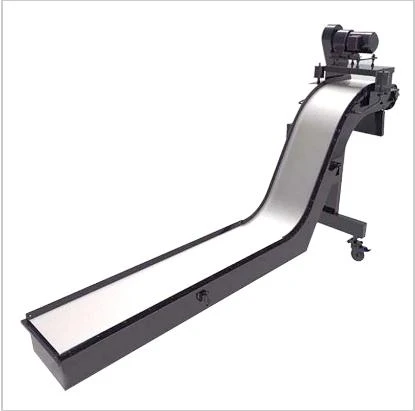Comparison of Synchronous Belts and V Belts for Mechanical Applications
Synchronous Belt vs V Belt A Comprehensive Comparison
In the world of mechanical engineering and machinery, power transmission systems play a crucial role in ensuring the smooth operation of various equipment. Two popular types of belts used for this purpose are synchronous belts and V belts. While both serve the essential function of transmitting power from one component to another, they have distinct characteristics, advantages, and applications. In this article, we will explore the key differences between synchronous belts and V belts, helping consumers and engineers make an informed choice based on their specific needs.
Understanding the Basics Synchronous Belts vs. V Belts
Synchronous belts, also known as timing belts, are designed to maintain constant timing between rotating components. They operate using teeth that mesh with corresponding grooves on the pulleys. This design ensures that the belt does not slip, allowing for precise synchronization of movement. They are commonly made from rubber or polymer, often reinforced with materials like fiberglass or Kevlar for added strength and durability.
In contrast, V belts are traditional power transmission belts that have a trapezoidal cross-section, resembling the letter V. They rely on friction between the belt and the pulley to transmit power. V belts can accommodate some variation in speed and can slip if overloaded. They are widely used in various applications, including HVAC systems, automotive engines, and industrial machinery.
Performance and Efficiency
One of the most significant advantages of synchronous belts is their efficiency in power transmission. Synchronous belts are designed to operate with minimal slippage, which means they can transmit power effectively without losing energy due to friction. This efficiency makes them an ideal choice for applications that require precise timing and consistent speed, such as in robotic systems, conveyor belts, and automotive timing systems.
V belts, while versatile and suitable for many applications, tend to have lower efficiency due to the inherent reliance on friction. Slippage can occur, especially under heavy loads or when the belt is worn, which can lead to decreased performance, increased energy consumption, and potential damage to machinery.
synchronous belt vs v belt

Durability and Maintenance
When considering durability, synchronous belts often have the upper hand. Their construction typically allows for longer life spans and reduced wear. Additionally, they are less susceptible to stretching over time, which can affect their performance. Regular maintenance for synchronous belts primarily involves checking for proper tension and alignment, making them relatively low-maintenance compared to V belts.
V belts, on the other hand, require more frequent inspection and replacement. They are subject to wear and can stretch, leading to a loss in tension and the need for regular adjustment. This can increase maintenance costs and downtime for machinery, especially in industrial settings.
Applications and Use Cases
The choice between synchronous belts and V belts often depends on the specific application. Synchronous belts are commonly used in high-precision applications where timing is crucial, such as in automotive engines for camshaft timing, in 3D printers, and in CNC machinery. Their ability to maintain synchronization makes them ideal for gear systems and any setup where precise movement is necessary.
V belts are more versatile and can be found in a wide range of applications, from household appliances like washing machines to larger machinery like compressors and pumps. They are especially useful in scenarios where the load conditions may vary, and the flexibility of the belt can accommodate different speeds.
Conclusion
In summary, both synchronous belts and V belts offer unique advantages and disadvantages depending on the application. Synchronous belts excel in efficiency, precision, and durability, making them suitable for high-performance environments. V belts, while versatile and widely used in various settings, require more frequent maintenance and can be less efficient due to slippage. Ultimately, the choice between these two types of belts will depend on specific operational needs, efficiency requirements, and maintenance capabilities. By understanding their characteristics, engineers and consumers can select the appropriate belt for their machinery, ensuring optimal performance and longevity.








